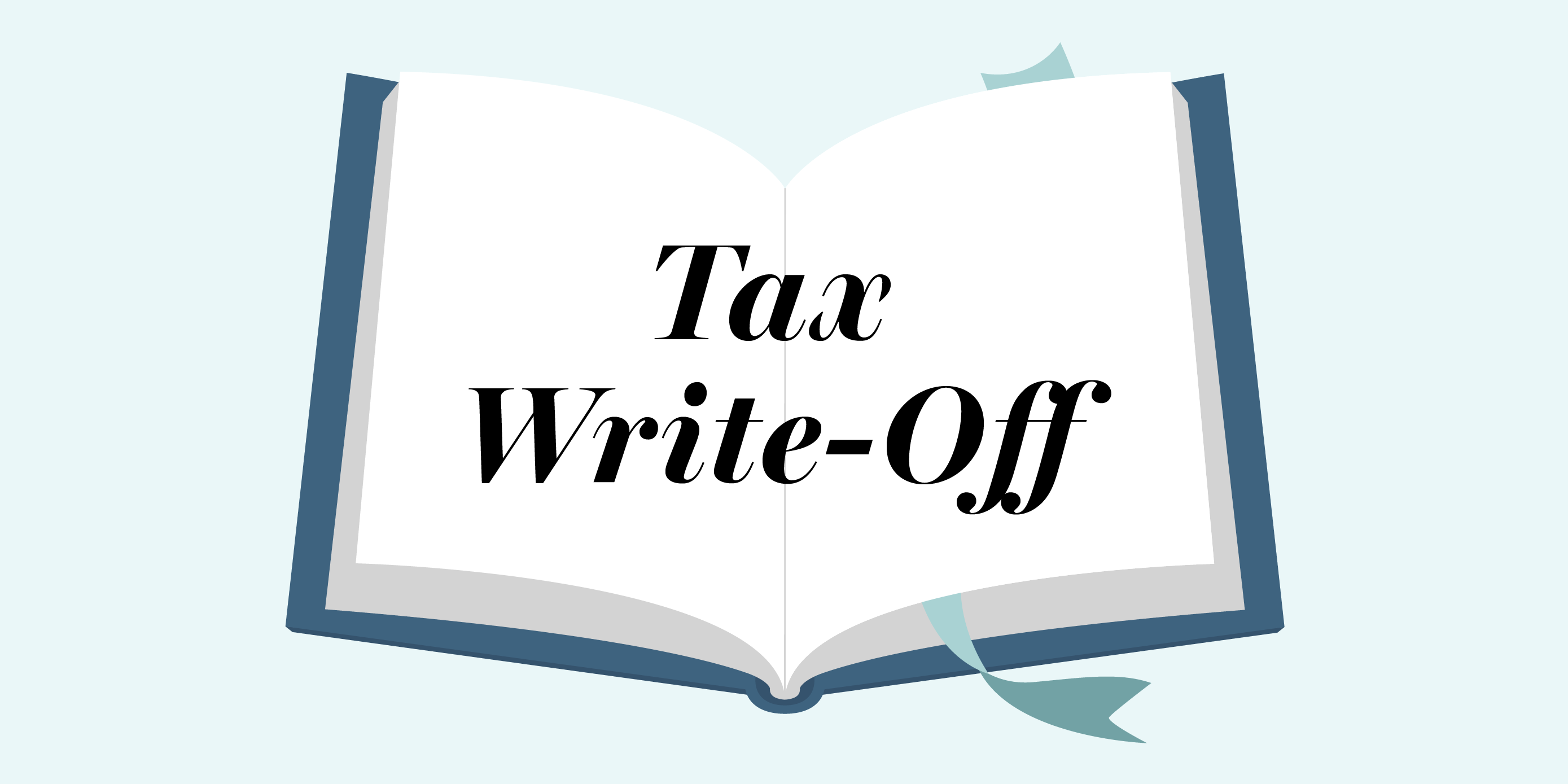When tax season rolls around, finding ways to reduce your taxable income can make a big difference. That’s where tax write-offs come in – and understanding income tax write-offs and self-employed or small business tax write-offs can help you keep more of your hard-earned money.
What is a tax write-off?
A tax write-off (or tax deduction) is an expense that can be subtracted from your income [AF1] in order to reduce the amount of tax owed. By deducting these expenses, your total taxable income decreases, thus resulting in a smaller portion of your earnings getting taxed.
For example:
If you earned $80,000 in a year and made a $5,000 contribution to a registered retirement savings plan (RRSP), that contribution is considered a tax deduction. Instead of paying taxes on the full $80,000, your taxable income would be reduced to $75,000.
If you’re self-employed and earn $80,000 in a year but spent $5,000 on a home office setup plus some work-related supplies, you can write off those expenses. Instead of paying taxes on the full $80,000, your taxable income is reduced to $75,000.
Most common write-offs:
Income tax write-offs:
- RRSP or FHSA contributions – Lowers taxable income while saving for retirement or your first home.
- Student loan interest – Your student loan is not tax-deductible, but you may be able to claim any interest you’ve paid on your loan in the preceding five years as a non-refundable tax credit.
- Childcare expenses – Fees up to a limit for daycare, nannies, and after-school programs.
- Union and professional dues – Yearly union dues or membership fees required for work.
- Moving expenses – If you relocated more than 40 km for work, you may be eligible to claim your moving expenses (specific conditions apply).
Self-employed or small business tax write-offs
- Home office expenses – Deduct a portion of rent, utilities, and internet if you work from home.
- Vehicle expenses – Claim gas, maintenance, insurance, and lease costs for business use.
- Office supplies & equipment – Write off expenses for computers, software, and office essentials.
- Marketing & advertising – Deduct costs for websites, social media ads, and business promotions.
- Travel & meals – Claim business-related travel and up to 50% of meal expenses.
- Professional services – Deduct fees for accountants, lawyers, and business consultants.
- Bad debts – Unpaid invoices that cannot be collected.
To learn of some more small business write-offs, read our article: Six tax deductions every small-business owner should claim, and if you’re interested in some uncommon tax-write-offs to use to save you some coin, check out: Common and uncommon tax deductions.
Is there a limit to the number of write-offs you can claim?
There’s no overall limit on how many tax write-offs you can claim, but each deduction has specific rules
Check out some examples below:
- RRSP contributions are limited by your personal contribution room (18 per cent of the previous year’s income or up to a CRA-set dollar value maximum – whichever is lower).
- Home office expenses must be a dedicated workspace used for work at least 50 per cent of the time (self-employed or employer-required).
The key is that write-offs must be legitimate and follow CRA guidelines. You can’t just claim random expenses to reduce your taxes. If you claim expenses that don’t qualify or are unreasonably high, the CRA may review your return, request proof, or deny the deduction.
Disclaimer: This article was written for educational purposes only. Please consult a qualified tax professional before implementing any tax planning strategies for your unique situation.





